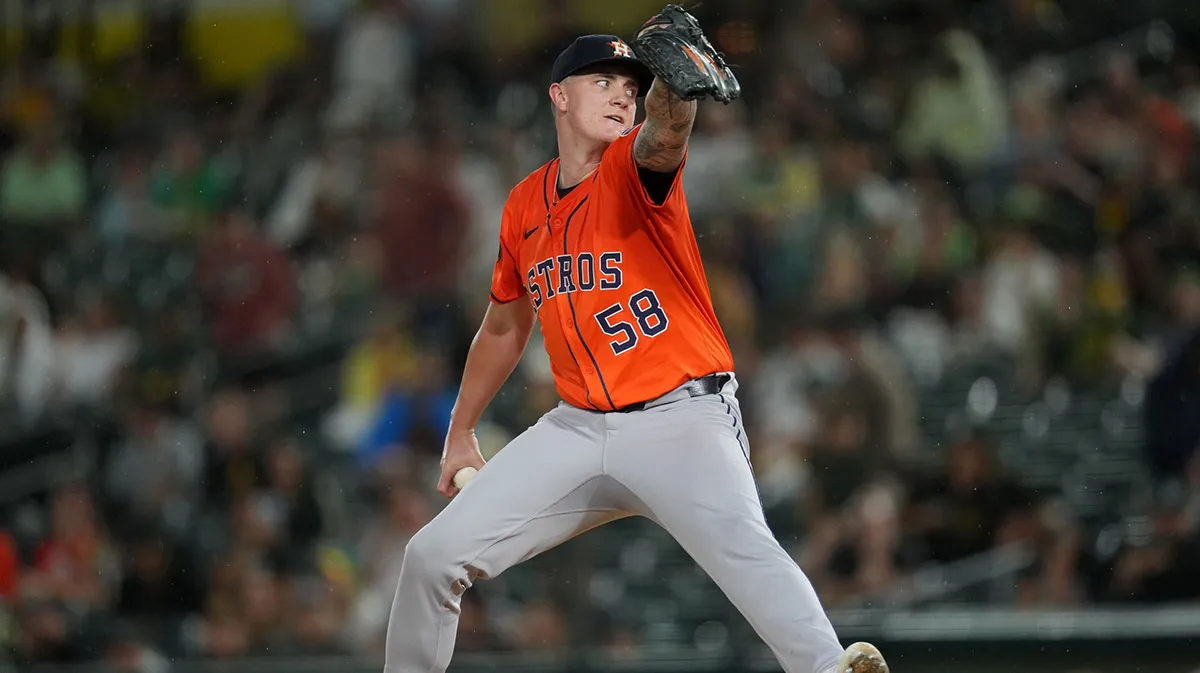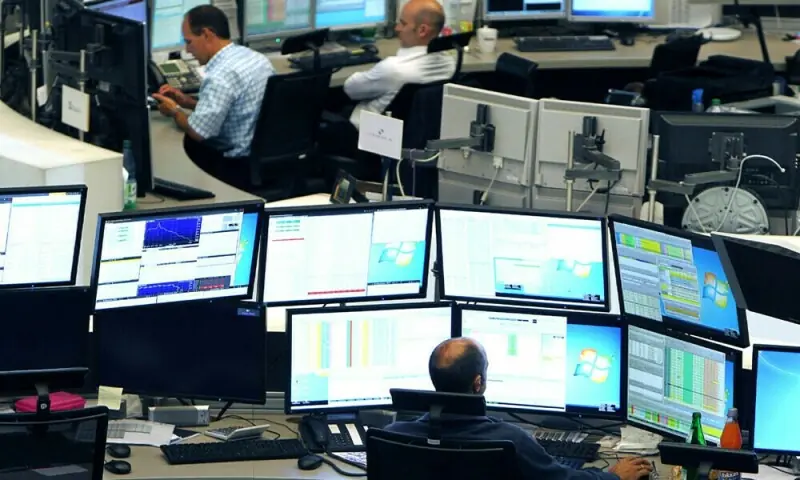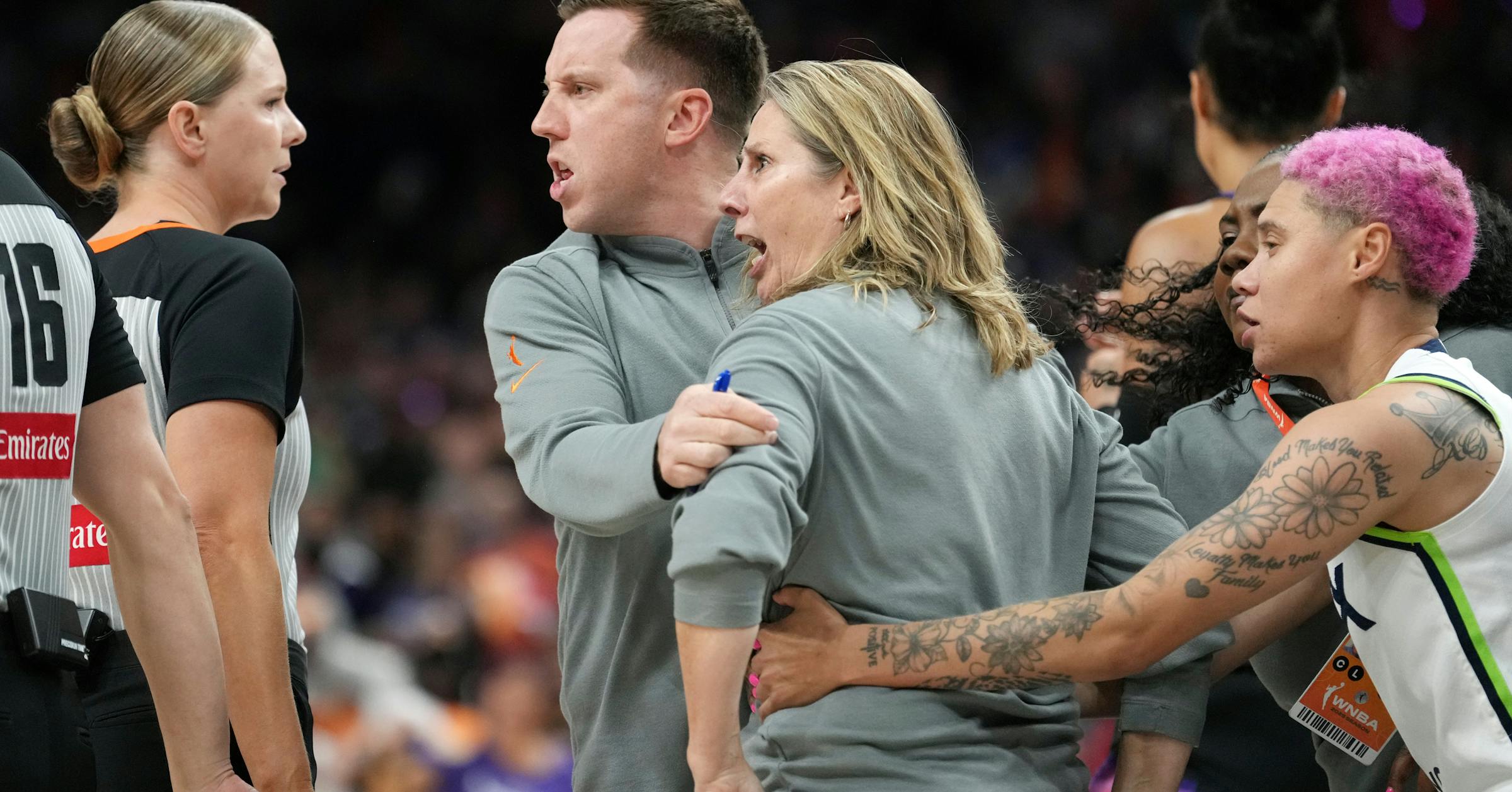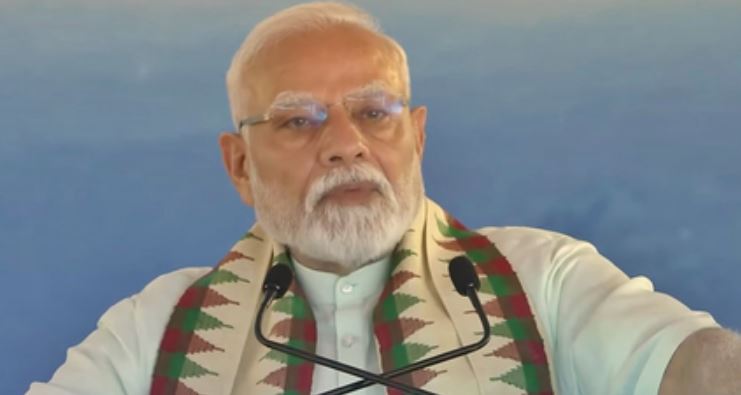Copyright channel4
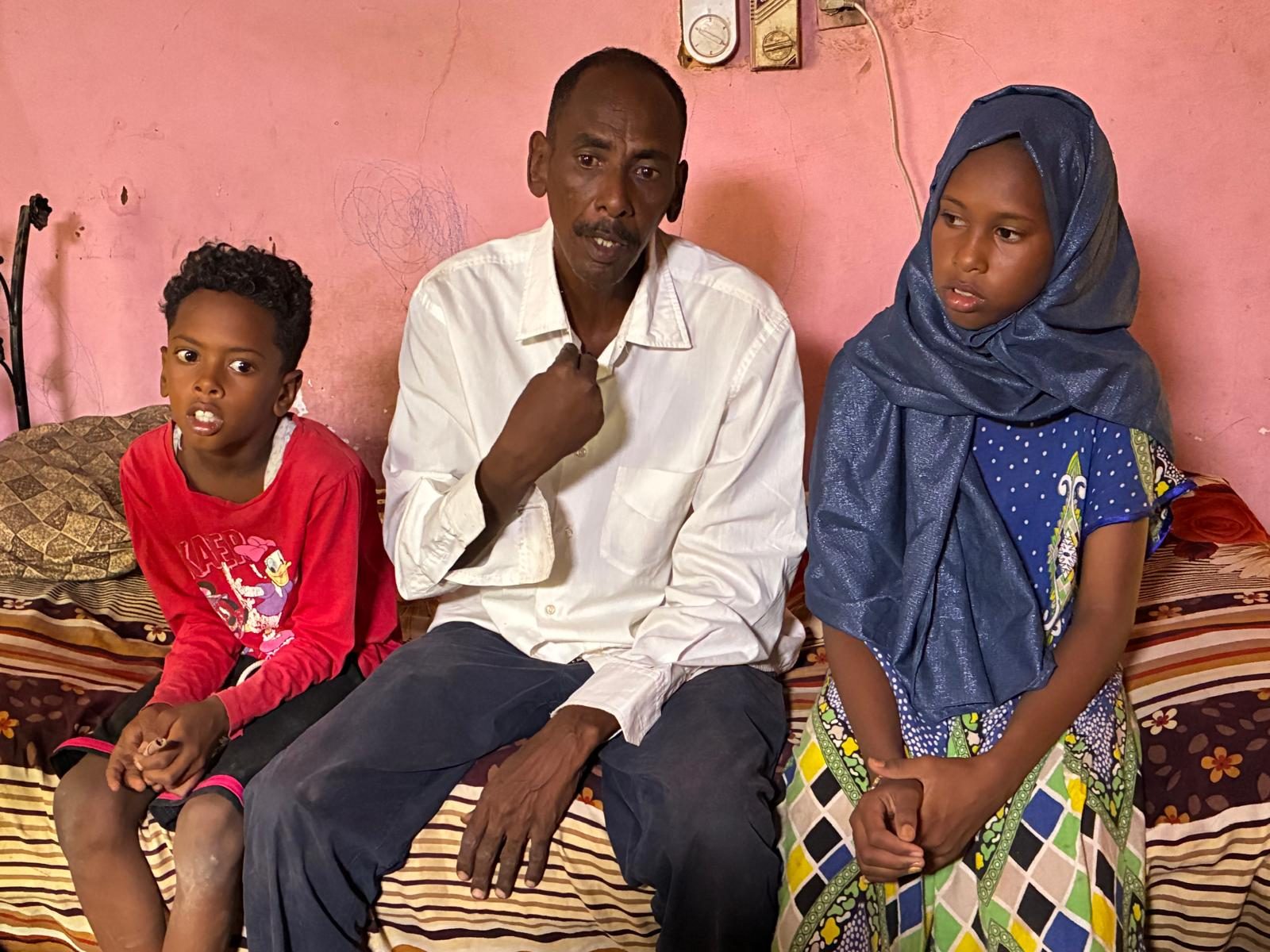
Abubakr looks younger than his nine years. A skinny boy in a red t-shirt, he sat and listened as his father, Abdelaziz Mudawi, told the story of how 31 people – 24 of them his relatives – were killed. Sometimes he interrupted, speaking in a clear, piping voice, with no tremor or fear. “After they stopped us they took my dad and we had no idea what would happen to him,” he said. “They ordered us to get out and then fired bullets at the bottom of the truck.” “The women were screaming, and they kept insulting them, telling them to shut up,” added his 12 year old sister, Musan. “They” were fighters of Sudan’s Rapid Support Forces (RSF). Over the two year occupation of Khartoum, they had maintained a headquarters in a building opposite the Mudawi family house. They weren’t friendly, but the relationship was manageable and as fighting between the militia and the Sudan Armed Forces (SAF) intensified, the fighters agreed that on April 27 the large extended family could get on a truck and leave. But they hadn’t driven more than a few yards before new fighters – angrier, more aggressive and hyped up on drugs – shot the tyres, pulled everyone off and separated the men from the women. “They ordered us to get out and then fired bullets at the bottom of the truck.” – Abubakr Mudawi “As you were coming down from the top of the truck, they would beat you, with a gun, a whip, a pipe or a tree branch,” said Abdelaziz. He and other men were taken to a school nearby where he was tortured and accused of being a collaborator with the SAF. But worse, through the keyhole, he could see men being stripped of their shirts and lined up. Then he heard shots. “I could see the street and the massacre happened right outside. They were my brothers’ children, my sisters’ children,” he said, his eyes reddening. He took us to the school, an anonymous building on a scruffy roadside. But that’s not what enables me to envisage the scene. The fighters filmed the atrocity – the terrified men, the shooting, the screaming – and posted the video online. “As you were coming down from the top of the truck, they would beat you, with a gun, a whip, a pipe or a tree branch.” – Abdelaziz Mudawi The fighter filming eventually turns the camera on himself and gives the date. In another video, which the RSF also posted online, a commander calling himself Jar al Nabi Abdullah sits in a large chair, dressed in fatigues, and says he ordered the killings. The message is clear: the killers want to terrorise Sudanese, and they have no fear of retribution. Abdelaziz’s niece, Amal Ismail Mudawi, told us that the women were taken to a house where they were robbed of all their possessions, including their phones. After they were released, one fighter threatened her sister. “There were empty houses around us. He said, ‘Go in so I can do whatever to you.’ I said, ‘You won’t touch her inside a house. If you want to do something then do it here’. He slapped my face.” Salha has become the signature massacre of the Battle for Khartoum, in which the Sudan Armed Forces drove out the RSF. The United Arab Emirates denies that it funds the mililtia, despite a wealth of evidence, including UN reports, that it provides weapons. Details of massacres – and Salha is not the only one – do not seem to deter them. The Mudawi family still don’t know where their relatives’ bodies are buried, and have no idea when – if ever – they will get justice. Read and watch more: Producer – Zahra Warsame Camera operator/editor – Soren Munk
